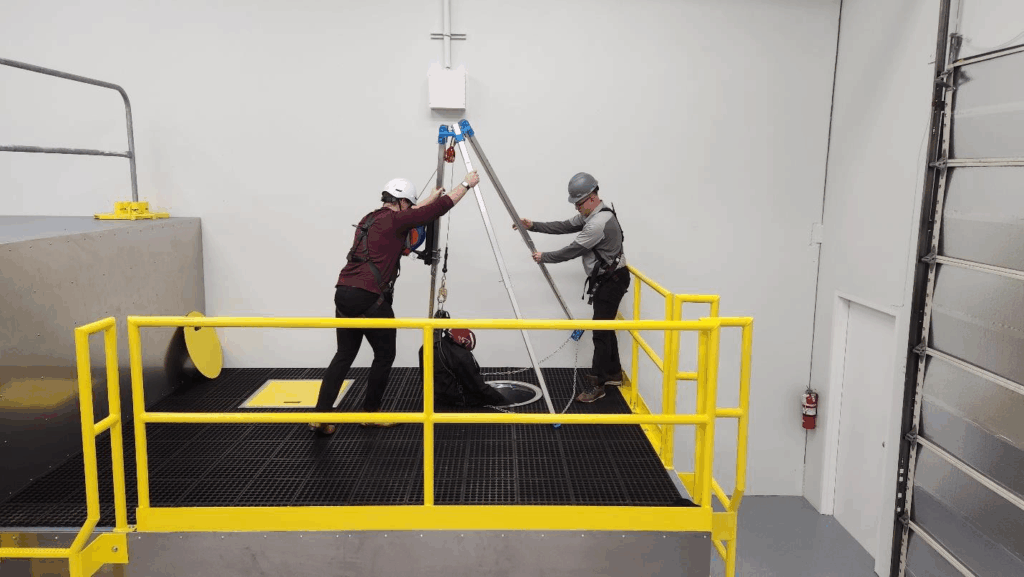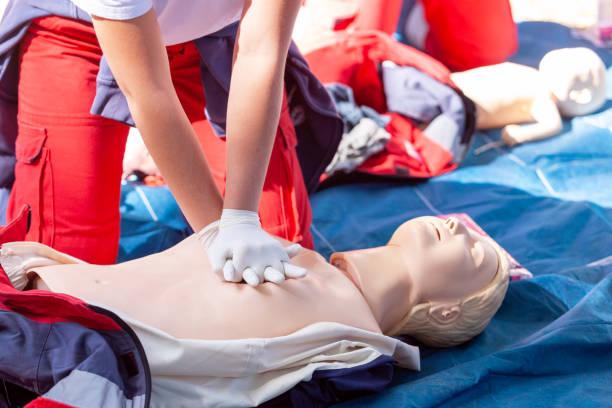Understanding Confined Space Entry: What Makes It Dangerous?
Confined spaces are some of the most hazardous areas in any industrial or construction setting. While they may not always appear dangerous at first glance, the confined space entry hazards associated with these areas can be life-threatening if not properly understood and managed. In this post, we’ll break down the key confined space dangers, the factors that increase risk, and what employers and workers need to know to stay safe.
What Is a Confined Space?
A confined space is defined as an area that is fully enclosed, is not designed for continuous occupancy, has limited or restricted entry or exit, and may contain health or safety hazards. Common examples include tanks, silos, sewers, pipelines, and storage bins.
Why Is Confined Space Entry Dangerous?
There are several confined space dangers that make these environments uniquely hazardous:
- Lack of Oxygen: Oxygen levels can quickly drop to unsafe levels, leading to suffocation.
- Toxic Atmospheres: Gases such as hydrogen sulfide, carbon monoxide, or chemical vapors may be present.
- Engulfment Hazards: Loose materials like grain, sand, or liquids can quickly trap and suffocate workers.
- Limited Access: Restricted entry and exit points make rescue difficult in case of emergency.
- Physical Hazards: Moving parts, extreme temperatures, or poor visibility increase the risk of injury.
These confined space entry hazards can lead to serious injury or death if proper controls are not in place.

Key Confined Space Risk Factors
Every confined space should be treated as a potential hazard until a full risk assessment is completed. Common confined space risk factors include:
- Poor ventilation or air quality
- Hazardous substances or residues
- Mechanical or electrical equipment inside the space
- Elevated or low temperatures
- Communication challenges
Recognizing these risks ahead of time is critical to implementing effective safety controls.
Confined Space Entry Requirements
In Canada, confined space safety is governed by federal and provincial Occupational Health and Safety regulations. Employers must meet specific confined space entry requirements before anyone enters these areas, including:
- Hazard assessment and control plans
- Written entry procedures
- Worker training and certification
- Atmospheric testing
- Use of appropriate personal protective equipment (PPE)
- Emergency and rescue planning
These regulations are in place to prevent accidents and ensure that workers are adequately protected in any confined space scenario.
Confined Space Safety in Canada
Confined space safety in Canada is taken very seriously, with regulatory bodies such as WorkSafeBC, Ontario’s Ministry of Labour, and others enforcing strict compliance. Failure to follow the rules can result in severe penalties—and more importantly, it puts lives at risk.
Employers must ensure all workers are trained, supervised, and equipped according to their province’s specific requirements. Regular reviews, equipment checks, and practice drills can help reinforce safe practices.
Need Help with Confined Space Safety?
If you’re unsure whether your workplace meets the necessary confined space entry requirements or need help navigating confined space safety in Canada, expert support is available.
Peak Safety Training, based in Burnaby, BC, specializes in confined space training and workplace safety compliance. Their experienced instructors can help you understand your obligations, assess your site-specific risks, and provide practical, hands-on training for your team.
Whether you’re setting up a new safety program or just have questions about your current procedures, don’t hesitate to reach out to the professionals at Peak Safety Training for guidance and support.
Conclusion
Understanding the dangers of confined space entry is essential to preventing avoidable tragedies. From toxic atmospheres to physical entrapment, confined space entry hazards are serious and require a detailed, proactive approach. By identifying confined space risk factors, following all confined space entry requirements, and prioritizing confined space safety in Canada, employers and workers can create safer work environments for everyone involved.
Disclaimer
The information provided in this blog post is for educational and informational purposes only. It should not be considered legal or regulatory advice. Readers are encouraged to consult the official Occupational Health and Safety regulations and WorkSafeBC guidelines to ensure full compliance with all applicable requirements in their specific workplace or industry.




